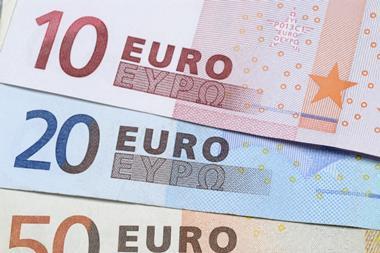Dutch pension funds’ average funding ratio has fallen dramatically in recent weeks, due in particular to the collapse of the Chinese equity markets and its knock-on effects.
Pensions adviser Mercer estimates that the topical funding, including the ultimate forward rate, has fallen by 4 percentage points on average to approximately 100% over the last two weeks alone.
Aon Hewitt, employing a different method, estimates coverage has fallen by 3.7 percentage points to 98.3% since December-end.
Dennis van Ek, an actuary at Mercer, attributed the funding drop in part to falling market rates, adding that the 30-year swap rate – Dutch pension funds’ most important criterion for discounting liabilities – had dropped from 1.61% to 1.47%.
Van Ek added that Mercer had received a number of questions from asset managers and pension funds about the situation in China.
“They want to know how susceptible their investment portfolio and solvency positions are to further developments, and they also ask whether and how they should act,” he said.
Mike Pernot, client adviser at Aon Hewitt, said approximately 1 percentage point of the funding drop was attributable to falling interest rates.
He pointed out that the resulting increase in liabilities outweighed both the rise of government bonds and the positive effect of pension funds’ interest hedge.
Pernot said the average level of the entire interest curve stood between 1.60% and 1.65% on Tuesday.
Aon Hewitt’s client adviser highlighted that the drop of the topical funding came without direct consequences for pension funds’ official policy coverage – the benchmark for rights cuts and indexation – “as it is drawn on the average funding of the previous 12 months”.
“However,” he added, “if the current situation doesn’t change, the effect of the topical funding will become gradually visible.”
Both consultants concluded earlier that the policy funding stood at approximately 104% on average at year-end.












No comments yet